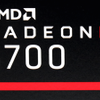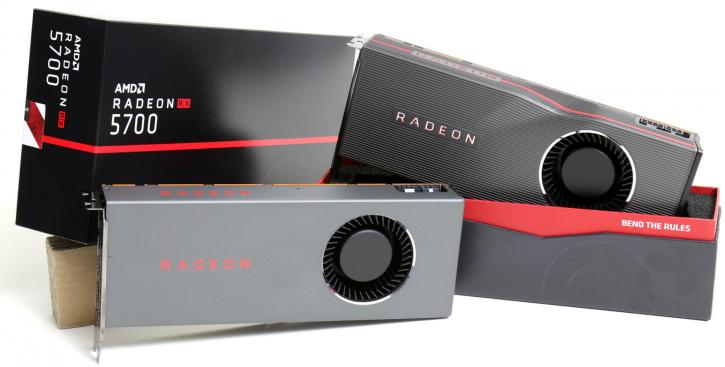Introduction
AMD Radeon RX 5700 and 5700 XT review
In this review, we look at the two new and much-debated graphics cards released by AMD, the Radeon 5700 and 5700 XT. Both cards are fitted with the all-new NAVI GPU, fabricated at a 7nm node and capable of battling with NVIDIA's GeForce RTX 2060 and 2070 including the refresh Super models. Join us in an in-depth review of these new 8GB GDDR6 based graphics cards.
It has been quite a journey for AMD, but it is the year 2019 and the chip producing industry is ready with their new silicon wafer fabrication at 7nm. AMD hasn't been wasting any time, Ryzen 3000 at 7nm, Radeon VII at 7nm, and today we bring you a review of both the Radeon 5700 and 5700 XT. The basis of the product that we test today is the NAVI GPU, with a die fabbed at a 7nm fabricated package and 8GB of GDDR6 graphics memory these cards are released in an aim to compete with the GeForce RTX 2060 and 2070, will it be capable to do that? We can already tell you that the numbers will be interesting to see. The most important aspect, however, is pricing. AMD wanted to tackle two price points for NAVI, for the familiar frame of mind let's call the Radeon RX 5700 the PRO revision and then the Radeon RX 5700 XT GPU versions. So the new Radeon RX 5700 and 5700 XT will cost 349 and 399 USD respectively.
As we all know NAVI is the new family of mainstream to high-end (but not enthusiast) Radeon GPUs. NAVI is based on what AMD refers to as RDNA architecture (Radeon DNA). The Radeon 5700 series will also be the first commercial consumer graphics card that is PCIe Express 4.0 compatible. AMD today will launch the reference products, the AIB card with custom designs and cooling will follow in the weeks to come. Reference first though, Radeon 5700 is a GPU with 2304 stream processors. The GPU game clock is dynamic at 1.6 GHz with a peak boost clock to 1.7 GHz. It's bigger brother is the Radeon RX 5700 XT, with a fully enabled NAVI chip it has 2560 shader processors active. Its average game clock will hover in the 1.75 GHz but can boost to 1.9 GHz. We do wish AMD would not make a distinction between a game and max boost clock though as it is just too confusing for the majority of consumers.
Both these cards are fitted with GDDR6 memory, that means HBM2 is no longer used opposed to what you have been seeing with Vega 56/64, a clever choice as HBM2 memory is difficult to assemble onto the die substrate (lot's of yield issues there) and that makes it very expensive, next to being an expensive memory type to purchase. What AMD did well is that they have opted that 8GB GDDR6 graphics memory to run at 14 Gbps, which is nice and fast graphics memory at just the right volume size.
Anyway, we have tons to talk about, have a peek at what is reviewed today. One the next two pages some in-house photos, after which we then head onwards into the review.
Behold.. the AMD Radeon RX 5700 and 5700 XT


